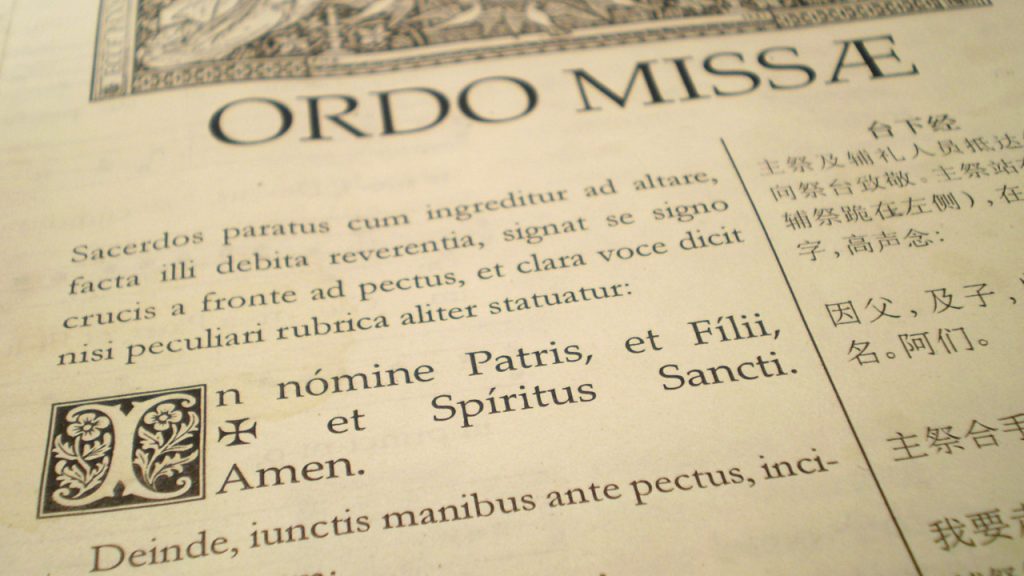Article – Jenny Ponzo (2019) Vetus Ordo Missae: Italian Catholic priests facing the revival of Latin and traditional liturgy (in “Social Semiotics”)

Jenny Ponzo (2019) Vetus Ordo Missae: Italian Catholic priests facing the revival of Latin and traditional liturgy (in “Social Semiotics”) (link)
Abstract: The liturgical reform promoted by the Second Vatican Council led to a renewed way of celebrating the Mass entailing new ritual features and the drastic reduction of the use of Latin in favor of vernacular languages. Liturgical changes are still in act and present several problematic aspects fueling debates among Catholics. A significant category of interlocutors in these debates is constituted by the ordinary priests, who have both to apply the directives established by the Holy See and to engage with local communities. While the positions endorsed by ecclesiastic authorities are well known, scarce attention has been devoted to the priests’ opinions and experience. This paper presents therefore the results of an ethnographic study investigating how Italian priests interpret the liturgical use of Latin in the contemporary socio-cultural context, what meanings and values they attribute to the ancient ritual, especially in comparison with the new one, and how they deal with the issue of the translation of sacred and liturgical texts.
The article is freely available on the website of Taylor & Francis’ journal “Social Semiotics”.

